Transport, friendship, noisy library-users, pizza nights and child-fearing dentists are all covered in this line-up of new Aotearoa picture books. Kay Benseman reviews.
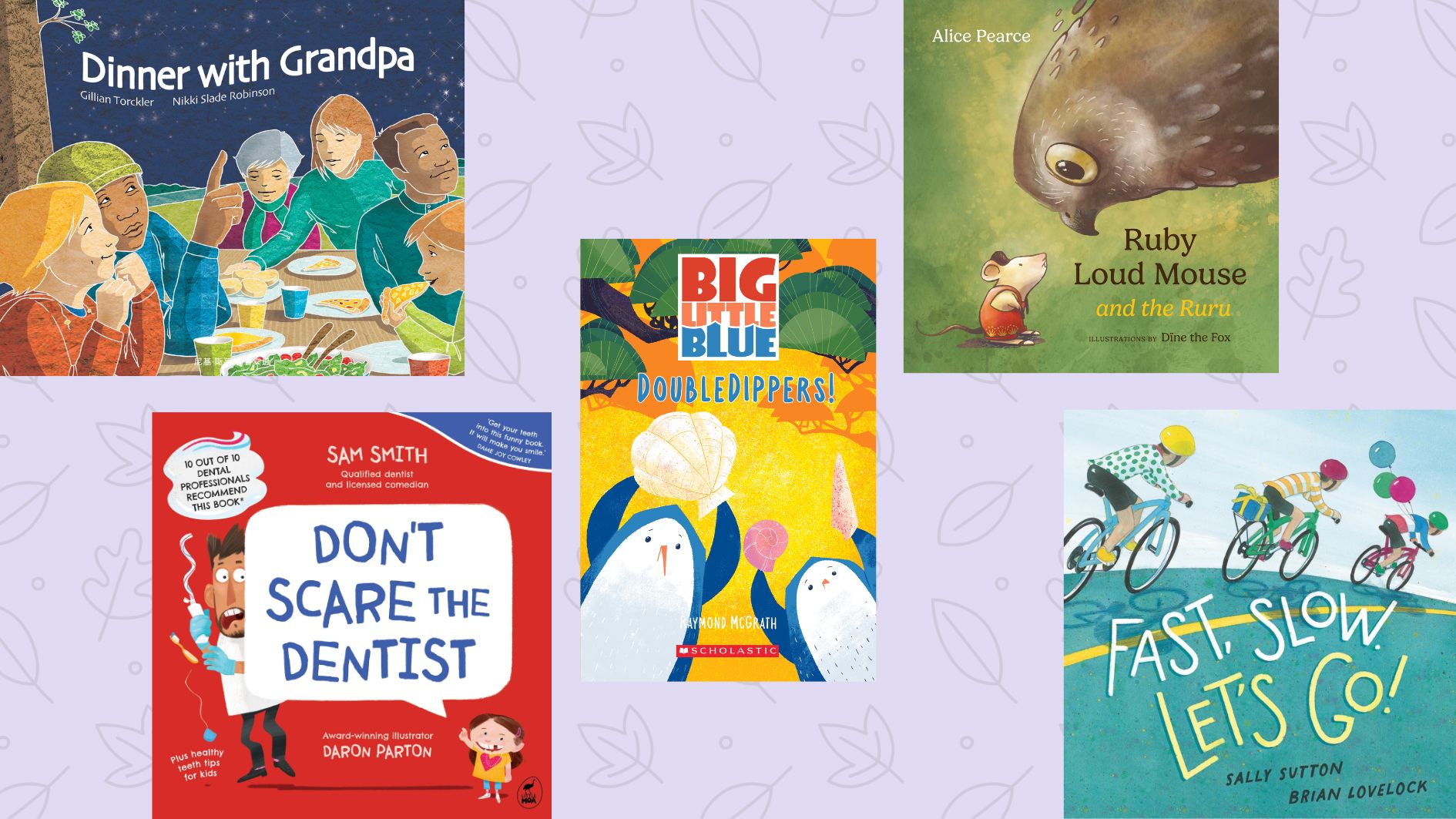
Double Dippers (Big Little Blue #3), by Raymond McGrath (Scholastic NZ)
This was my first read of a Big Little Blue junior graphic novel. All three books in Raymond McGrath’s series have been published within months of each other and now I’m keen to check out #1 Sandy Pants and #2 Rocky Bottoms. My dislike of reading a book series out of order didn’t prevent me from enjoying #3 Double Dippers about the friendship of Little Blue and Big Blue, a pair of kororā buddies. My tamariki were laughing heartily after just a page or two and as soon as we’d finished reading, they were calling for an encore!
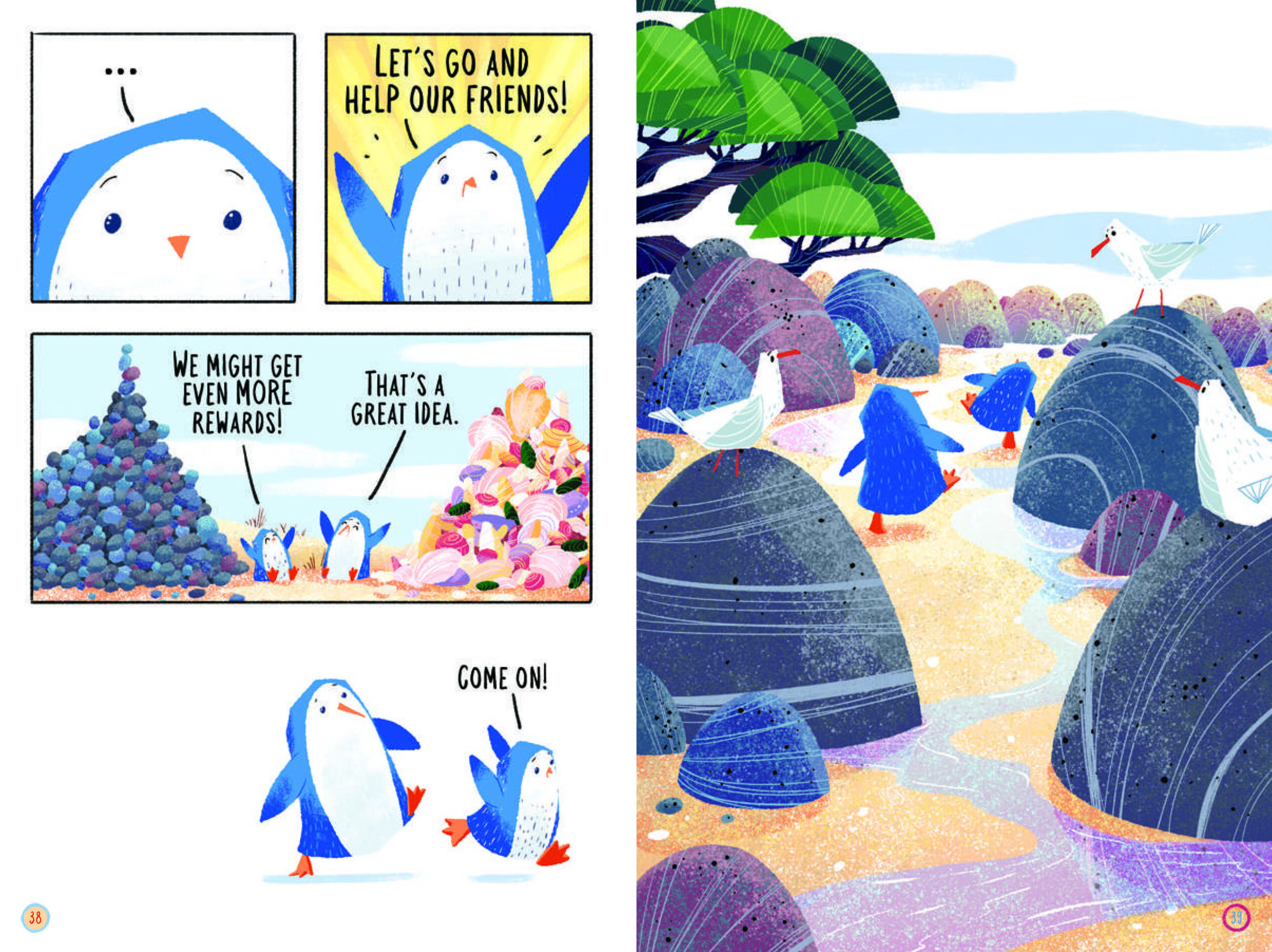
The graphic novel format of this story was appealing to my kids and I enjoyed reading it aloud with all the sound effects as indicated. Raymond designed a typeface specifically for the series, however it’s all in upper case which can be troublesome for dyslexic tamariki and early readers.
There are beautiful prompts for talking about kindness, intrinsic motivation, privilege, community care and friendship throughout. The wee penguins learn a lot about doing the right thing regardless of whether they benefit personally.
Raymond’s illustrations are bang-on; detailed but not overly busy and the use of colour accents for warm moments of connection is fantastic. I’m not sure I’ve ever seen so much emotion in the face of a fictional albatross!
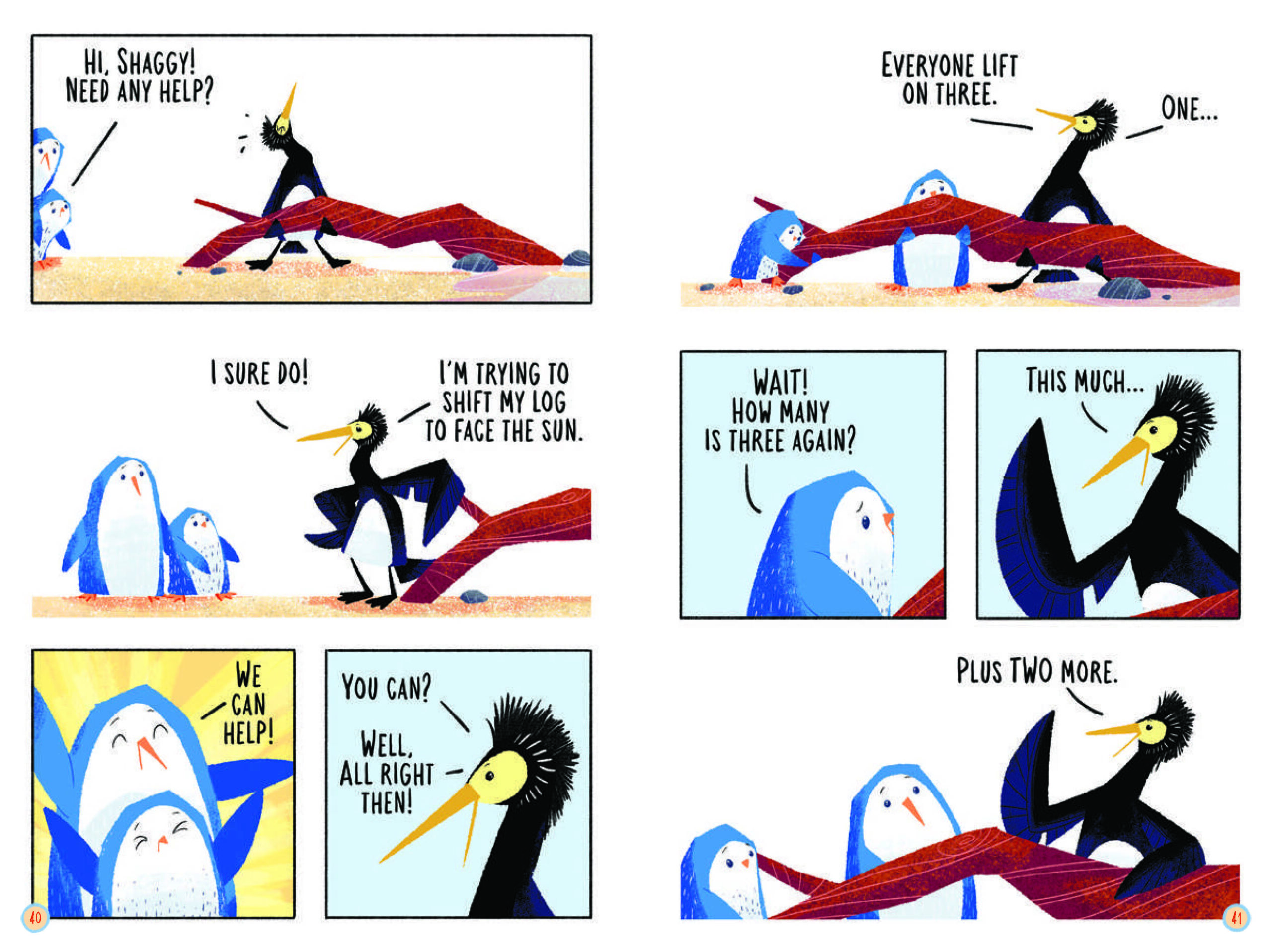
Kororā are special favourites in our whānau, largely thanks to the catchiness of a Levity Beet’s tune that never failed to move our mood when my tamariki were toddlers. Linda Jane Keegan’s picture book, Kororā and the Sushi Shop describes the adorable and cheeky tendencies of the world’s smallest penguins and this Big Little Blue graphic novel is the perfect follow-up.
Lines from our most beloved picture books and kid’s songs become permanently embedded into our whānau lexicon. I have a feeling that some of the hilarious and cute penguin dialogue from this book will enter into that catalogue.
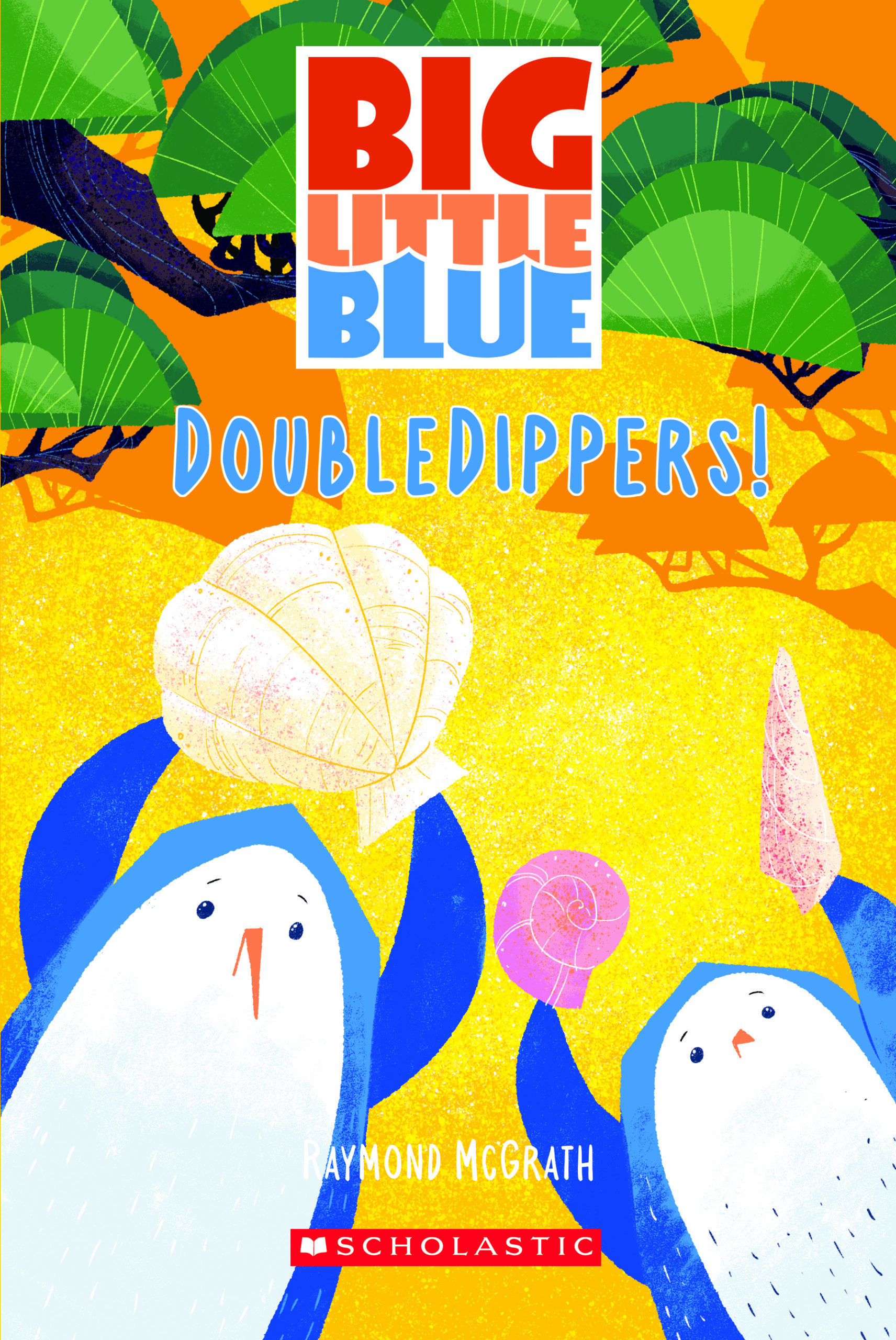
DoubleDippers (Big Little Blue #3)
By Raymond McGrath
Published by Scholastic NZ
RRP: $18.99
Fast Slow. Let’s Go! Written by Sally Sutton & illustrated by Brian Lovelock (Walker Books)
Fast Slow Let’s Go! is Sally Sutton and Brian Lovelock’s newest transportation-themed collaboration and it’s a gem. Brian’s cheerful illustrations depict tamariki as they make their way to a birthday party on scooters, skateboards, a ferry, sailboat and more.
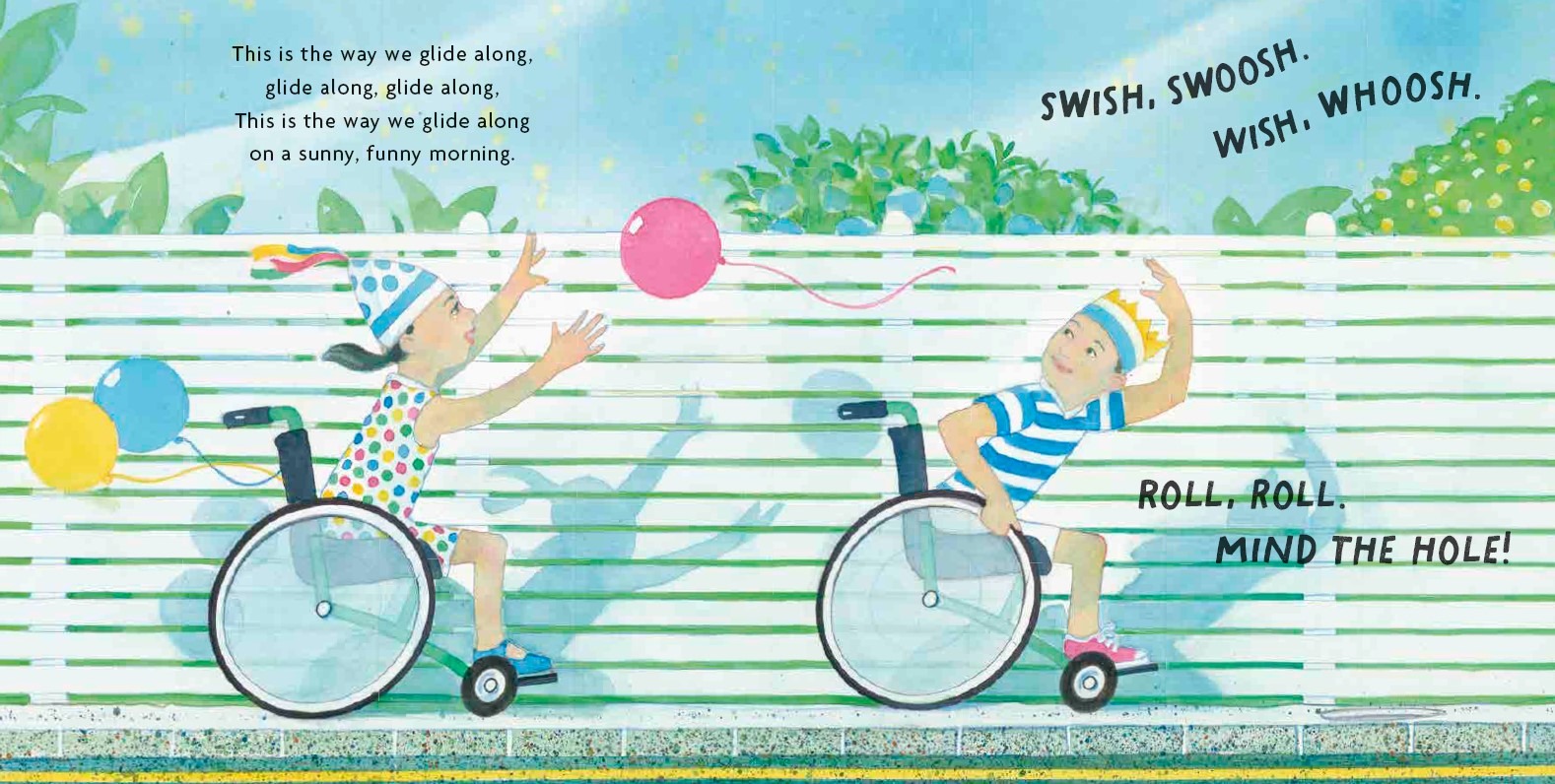
Sally Sutton recently published another picture book featuring boats, (reviewed here by Annelies Judson) and while I enjoyed this latest iteration of her trademark ‘joyous onomatopoeia-meets-rotation schema’, the sing-song story echoing a Victorian English nursery rhyme felt a bit flat. Thankfully this lovely book’s setting is less grim than ‘Here We Go Round the Mulberry Bush’ as all the tamariki are heading through their community towards a leafy city park. We love Sally’s Construction and Mahiara (Māori translation of this same duo’s Roadworks) as the auditory descriptors are a delight to pronounce, but reading aloud Let’s Go, Fast Slow didn’t evoke a similar sense of linguistic playfulness.
We see the tamariki enjoying how they can move through their community. Happily, one of the first children we meet is whooshing along in their wheelchair to their fifth birthday party. Brilliantly, no extra attention is placed on this normalisation and I’m interested to know how kids with disabilities find this representation. It reminded me of how few children’s books show tamariki with disabilities experiencing everyday life without being the focus of the book.
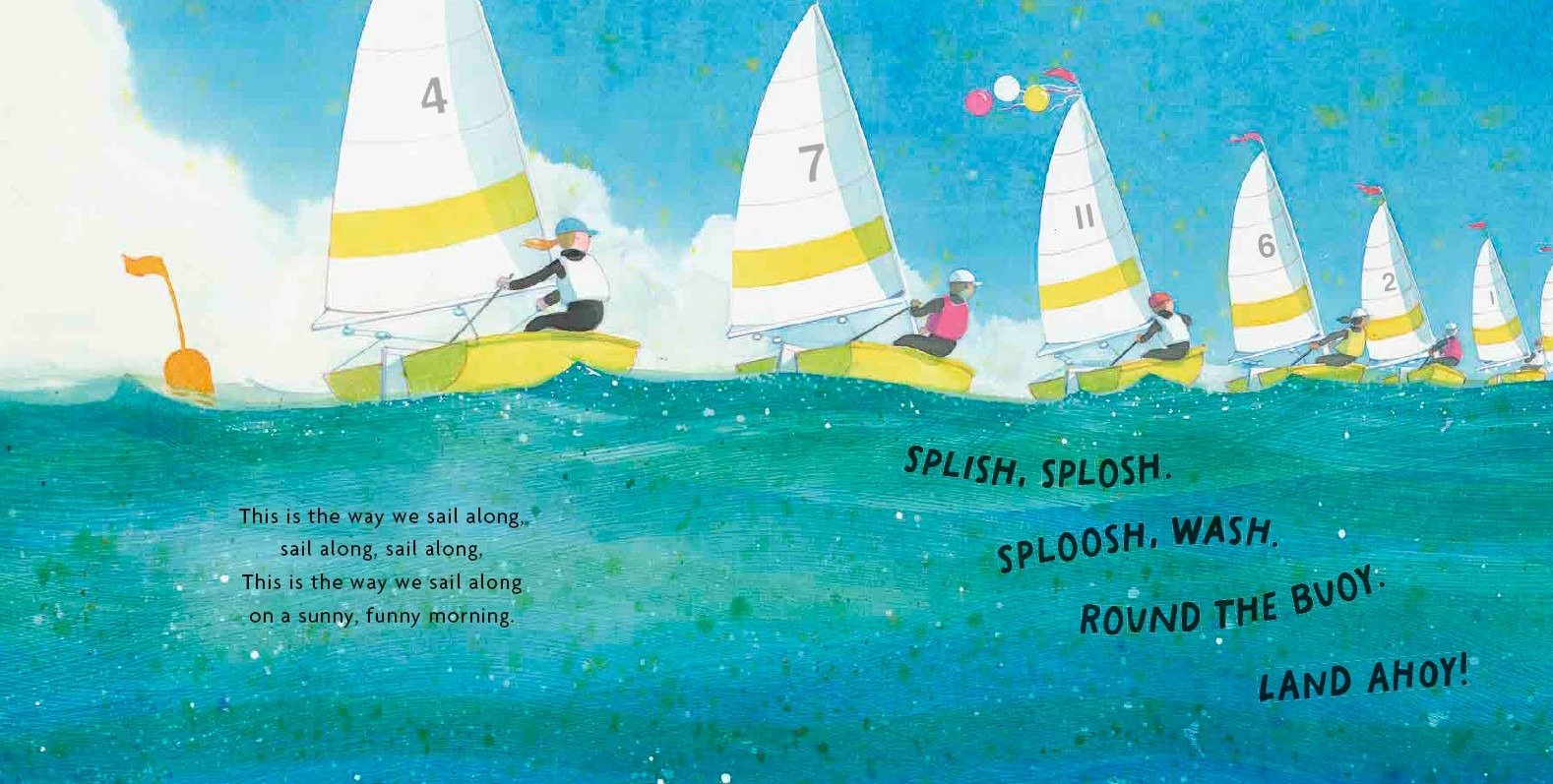
My children quickly noticed the absence of cars in this story and we had a great kōrero about public transport. I would love to imagine an Aotearoa where light rail, wide cycleways and passenger ferries became easy ways for us to get around. This book is a great prompt for a timely discussion about the impact of private vehicle use on our environment, especially for a country with the highest rates in the world for car ownership per capita. In contrast, the annual Love to Ride challenge clocked over 4 millions kilometres ridden across Aotearoa just over the month of February! I think this book would be a lovely gift for someone about to turn five.
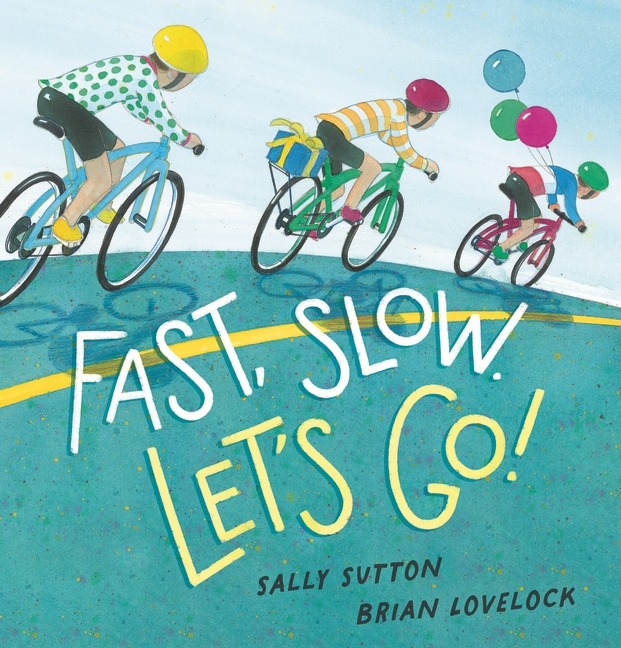
Fast, Slow. Let’s Go!
By Sally Sutton
Illustrated by Brian Lovelock
Published by Walker Books
RRP: $27.99 (HB)
Ruby Loud Mouse and the Ruru, written by Alice Pearse & illustrated Dïne the Fox (Bateman Books)
This adorable story shows us Ruby Loud Mouse (lovely pun), a wee kiore who is always making noise. We see how this trait goes from being hōhā to her family and neighbours, to being celebrated by all.
Dïne the Fox, illustrates the story with a restrained palette but obvious care and skill. My tamariki especially enjoyed the Aotearoa-specific elements throughout and I loved how energy and surprise were communicated, as well as sweet details of blushing cheeks in whakamā. Te reo Māori is naturally incorporated as needed within the text and there’s cool information at the back about mice and ruru.
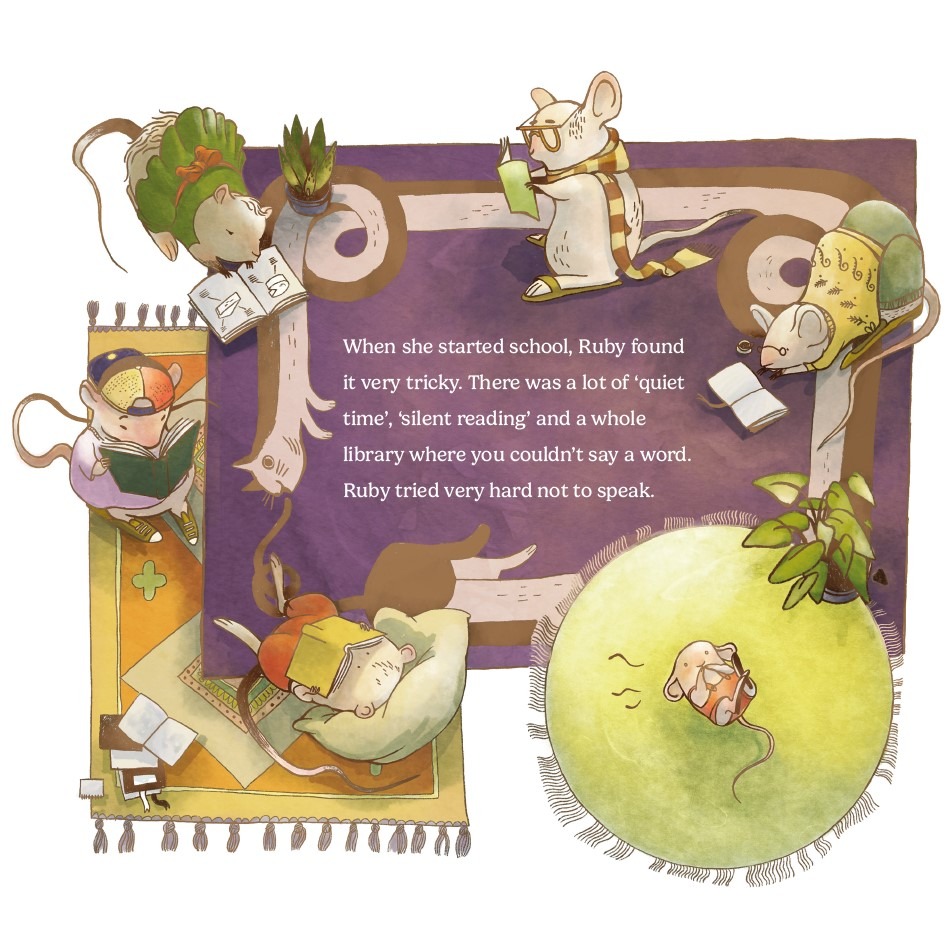
While Ruby’s verbosity and volume is initially frustrating for those around her at home, school and in the neighbourhood, her friends and family seem to understand that’s just who she is. We see her working very hard to try and mask or mute herself, containing all her humming, singing and tapping until she’s in spaces that are more socially suited to loud noises.
Tapping, singing, humming and chatting can be ways that neurodivergent people regulate their auditory stimulation needs. For neurodivergent children who stim to regulate sensory input, express joy or focus, this book is a lovely depiction of how the stigma and suppression of stimming can be undone. “Research suggests that stimming is by and large a positive activity, and that the biggest negative that results from stimming is the external reaction to it.” as Tam Clemerson from Awhi Ngā Mātua explains.
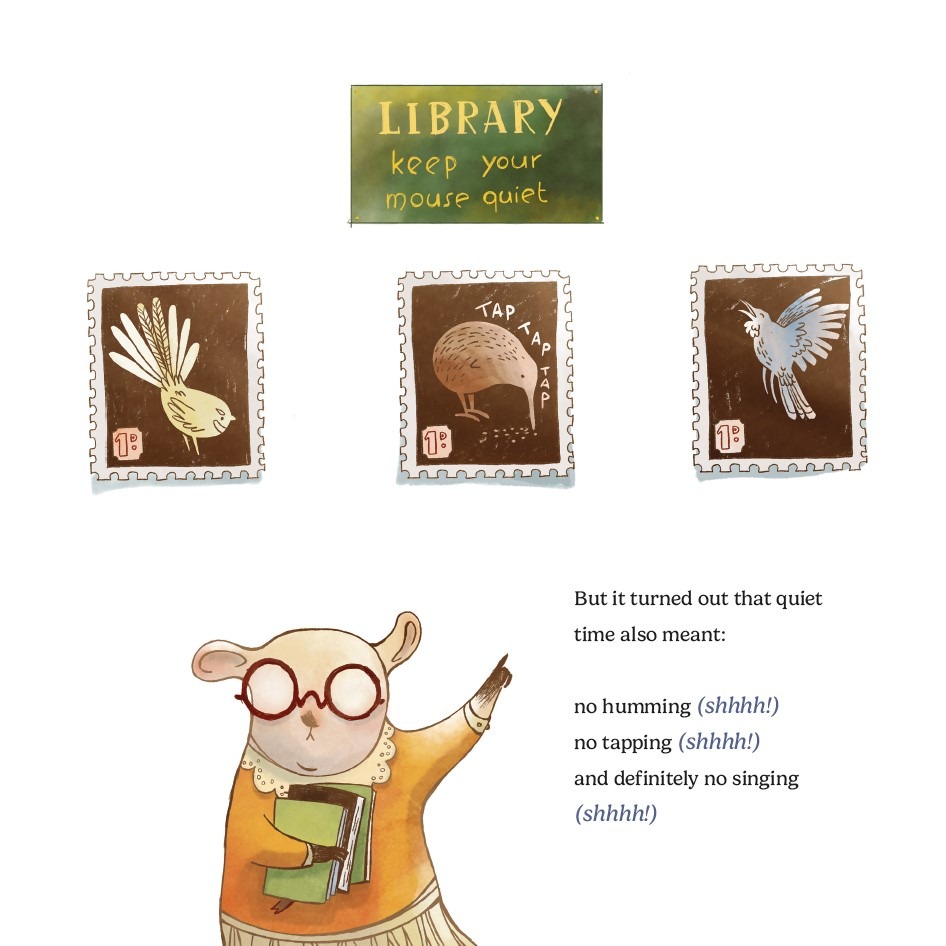
I also loved how this tiny creature faced the predatory threat of the ruru with courage, showing the value of speaking up despite our fear or risk. We see Ruby being appreciated for her bravery and all the ‘sssshhhing’ stops as the mouse community enjoys her special skills. My favourite detail in the illustrations is the librarian wearing noise-cancelling headphones by the end of the tale, accommodating Ruby’s vocal stimming with no fuss. My hope is that all adults who care for our neurodivergent tamariki would be so compassionate.
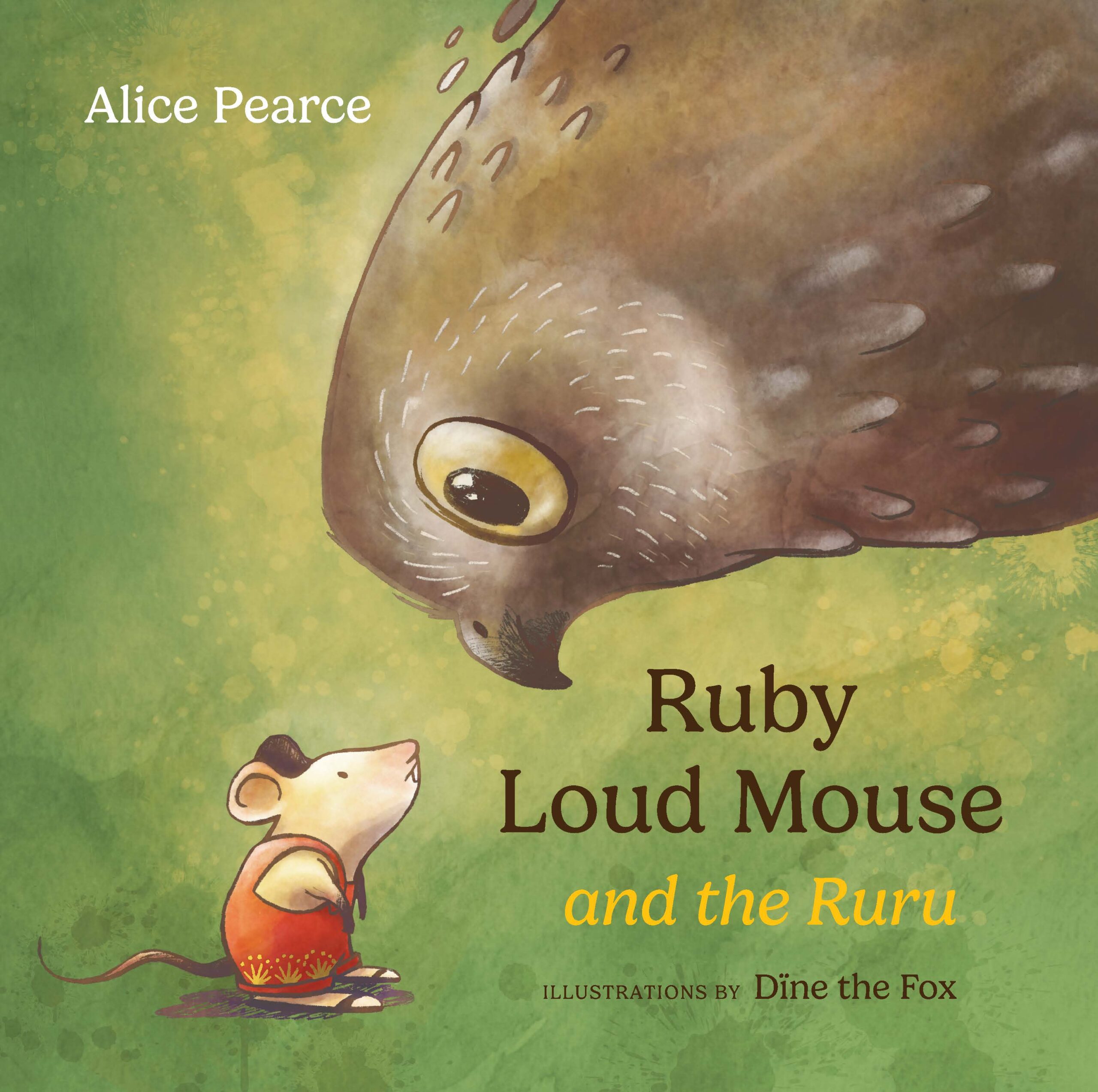
Ruby Loud Mouse and the Ruru
By Alice Pearse
Illustrated by Dïne the Fox
Published by Bateman Books
RRP: $21.99
Don’t Scare the Dentist, written by Sam Smith & illustrated by Daron Parton (Little Moa)
I was excited to see this picture book from Aotearoa about children at a dental check up, as there are so few publications that cover this important experience. Facing tricky or new medical challenges can be easier when our wee people have stories to refer to and recall as they make sense of needles, drills and x-rays.
Sam Smith used to be a dentist himself and perhaps those experiences prompted him to write this book about Dr Charlie, a dentist with a phobia of child patients. This is Sam’s second picture book. He’s also a comedian and writer for TV, which comes through in the irreverent humour of Don’t Scare the Dentist. For me, the strength of this publication is in Daron Parton’s illustrations which really pop. The colours, clarity and exaggerated expressions enhance the reading experience. Helpfully, whānau can also find tips for caring for children’s teeth at the back of the book.
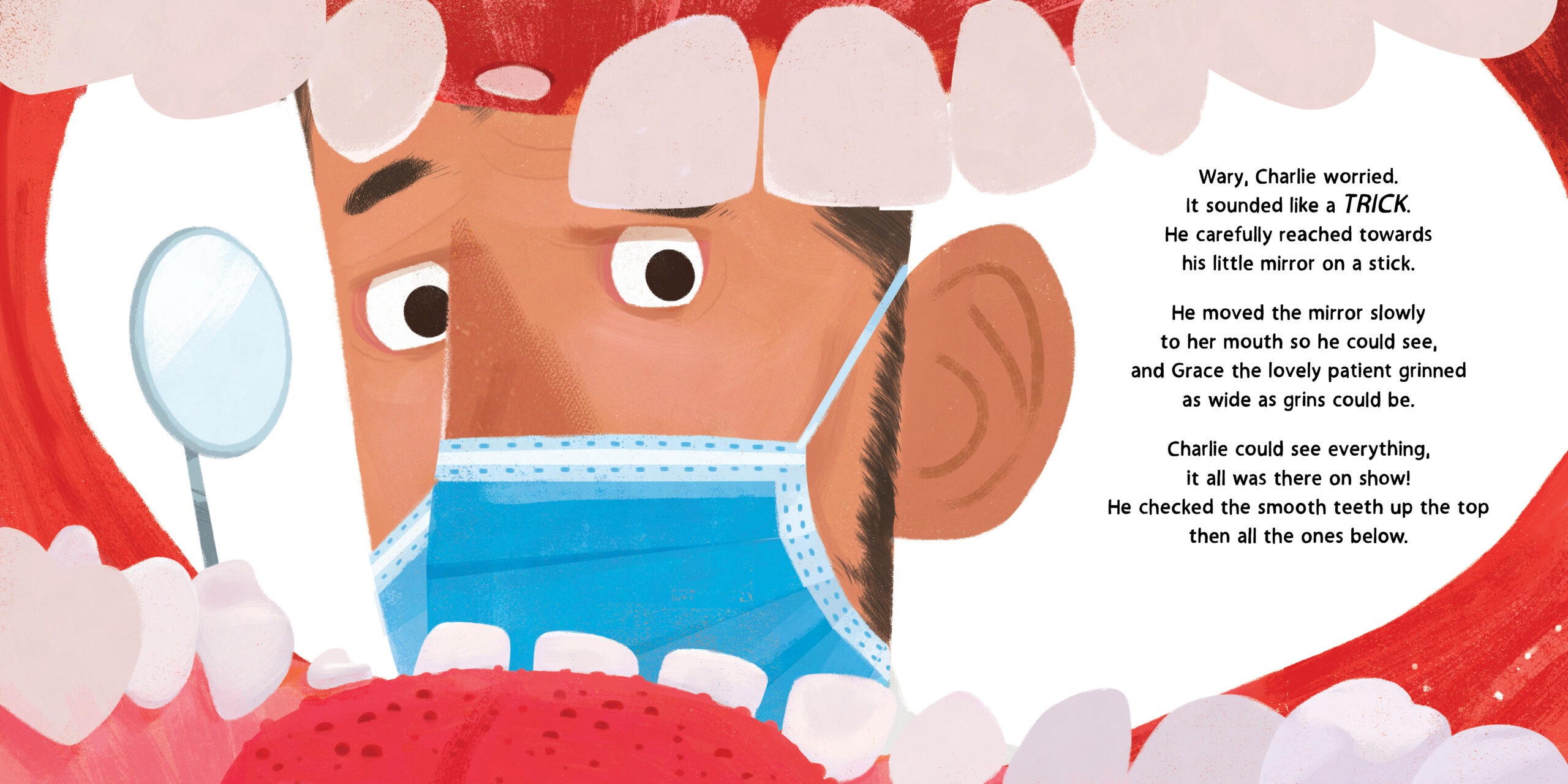
While the general tale aims to be comical and playful, the dentist’s apparent hatred of children is problematic and unnecessary. Sam Smith’s intention to flip the script for children who are scared of dentists may be lost on a child reading themselves described as an “icky, sticky, nasty thing”, a “young disgusting child”, or a “foul creature”. I was uncomfortable with the illustration that accompanies these words as it depicts children and a professional adult in an aggressive tangle. We then meet Grace, a kid who calmly approaches her checkup and redeems his fears by being “still”, “nice” and “polite”. I dislike these childist overtones which undermine the other positive aspects of the story, which may add ableist stigma to tamariki with unresolved trauma, disabilities, anxiety or sensory needs.
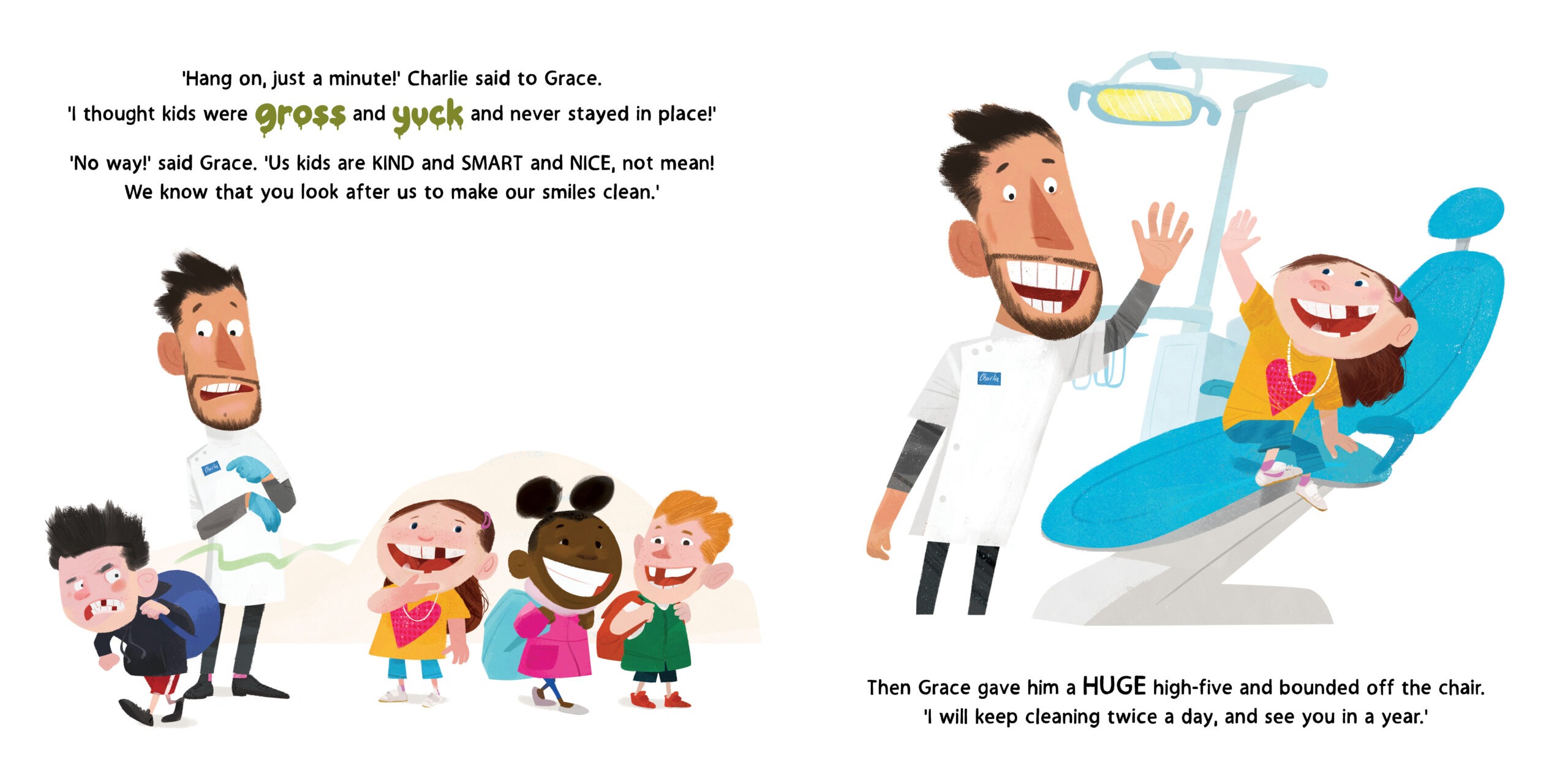
Reviewing this book coincided with my children’s annual visit to their local mobile dental unit at kura as well as my annual checkup at the dentist. I asked these professionals what they thought of the picture book and they were pleased to see some accurate oral health information in a child-accessible format. But they all felt the strength of this message was lessened by the negative language and fraught relationship between the dentist and young children.
I’m always astounded by how the oral health therapists balance the medical and technical needs of their work with the emotional and relational needs of their small patients. Overcoming the injections, funny tastes, smells and discomfort with breathing exercises, stickers, encouragement and patience. Like anyone else who can only just get their kids to brush their teeth regularly at home, huge mihi to these dental professionals who provide such excellent and compassionate oral health care to our tamariki.
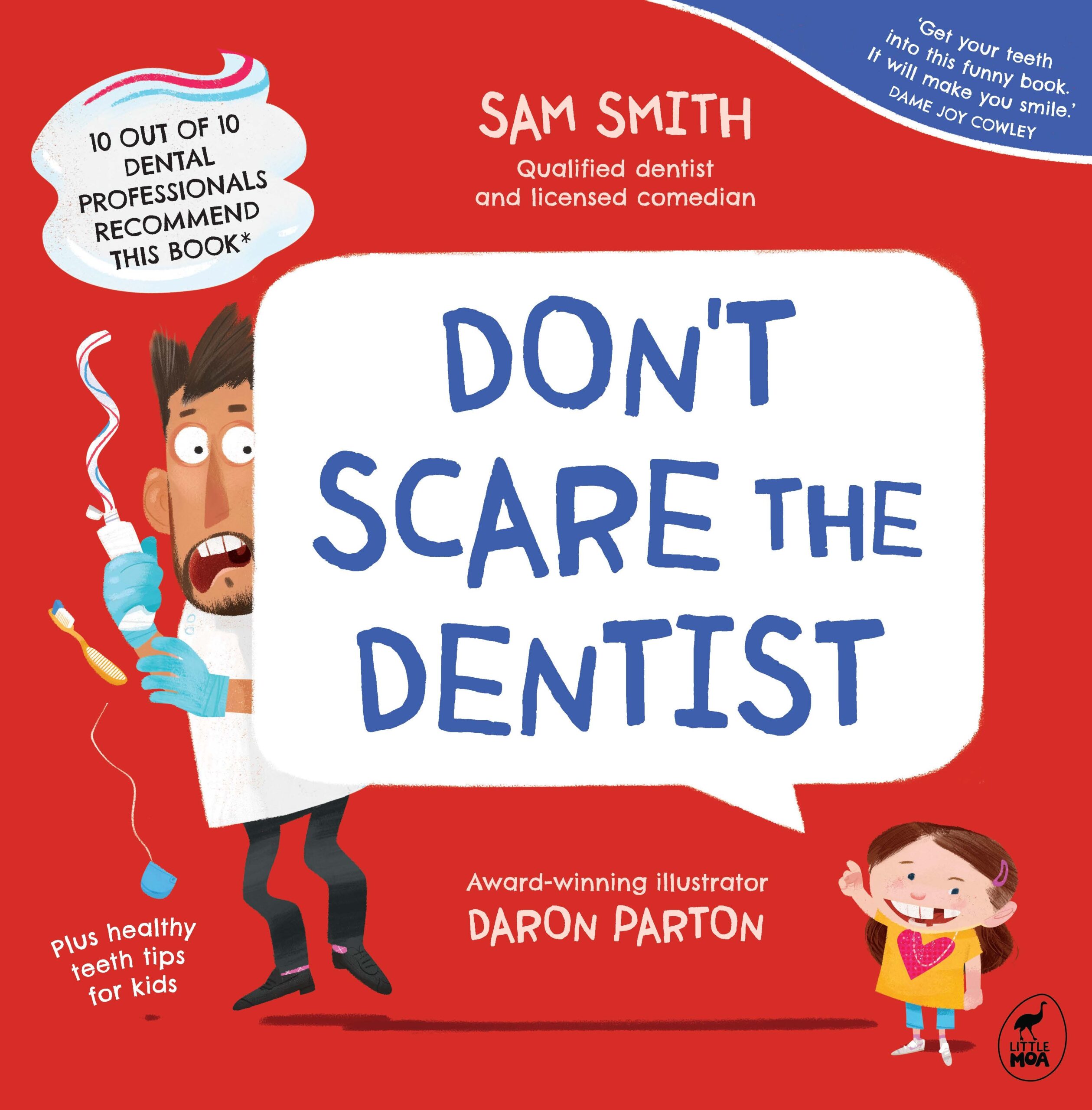
Don’t Scare the Dentist
By Sam Smith
Illustrated by Daron Parton
Published by Little Moa
RRP: $21.99
Dinner with Grandpa, written by Gillian Torckler & illustrated by Nikki Slade Robinson (Duck Creek Press)
Gillian Torckler has written a warm and nostalgic story about a mokopuna’s relationship with their Grandpa and how their family grieves. In Dinner With Grandpa, we see their weekly family gatherings for a fun Friday pizza night. Nikki Slade Robinson has illustrated this with a lot of texture and white linework, similar to her recently published The Grandmothers of Pikitea Street/Ngā Kuia o te Tiriti o Pikitea.
Fun repetition and emphatic exclamations describe each family member’s pizza preferences and how this tradition creates space for the whānau to tell their histories and connect at the end of every week. I expect this could create robust debate from readers about the appropriateness of pineapple on pizza!
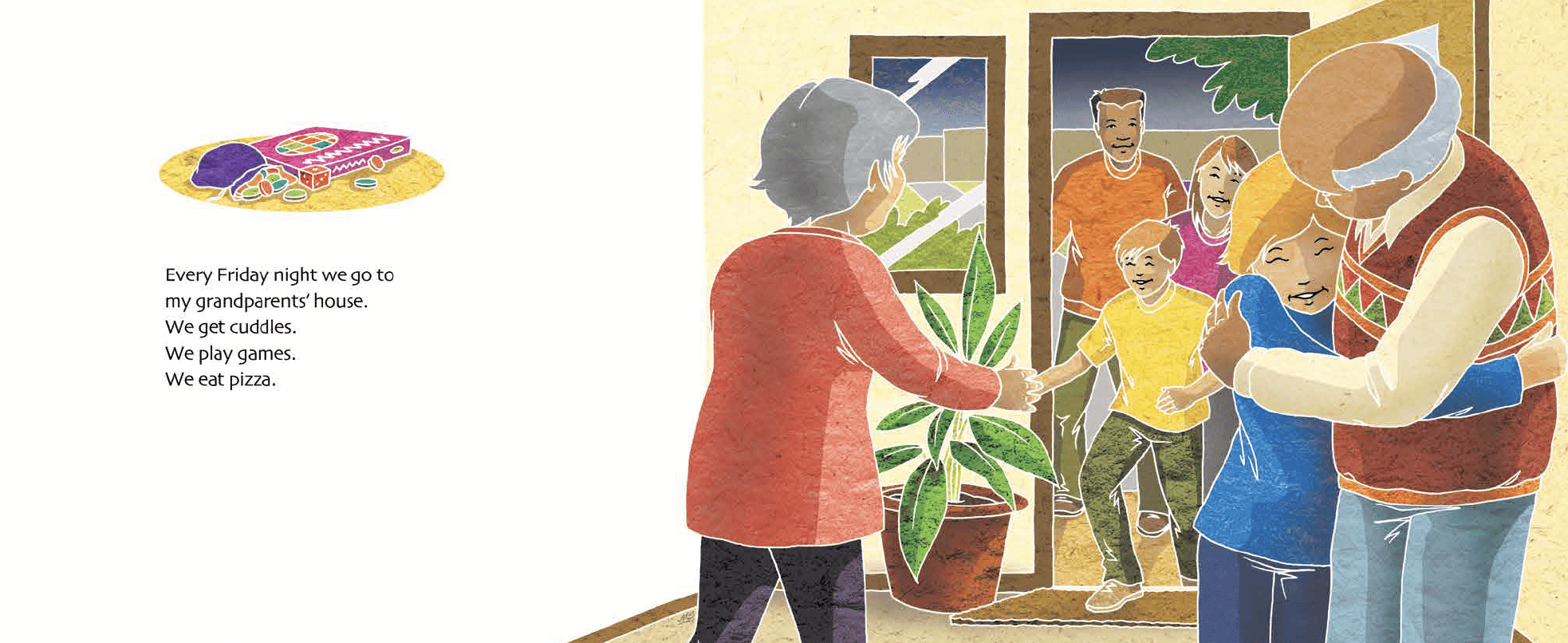
Gillian (born in England) has published a number of non-fiction books about the natural world. As a reader, for this book in particular, I would want to know whether Gillian or Nikki had whakapapa connections or whether there had been iwi consultation regarding Gillian’s inclusion of the death of a kaumātua, stories about Matariki and ancestral navigation of Te Moana-nui-a-Kiwa. It read to me as conflating the stories of Pleiades, the Seven Sisters, and Matariki, which could be confusing for younger readers. This seems counterproductive, considering how much work has gone into sharing the origins and accurate tikanga of Matariki in recent years.
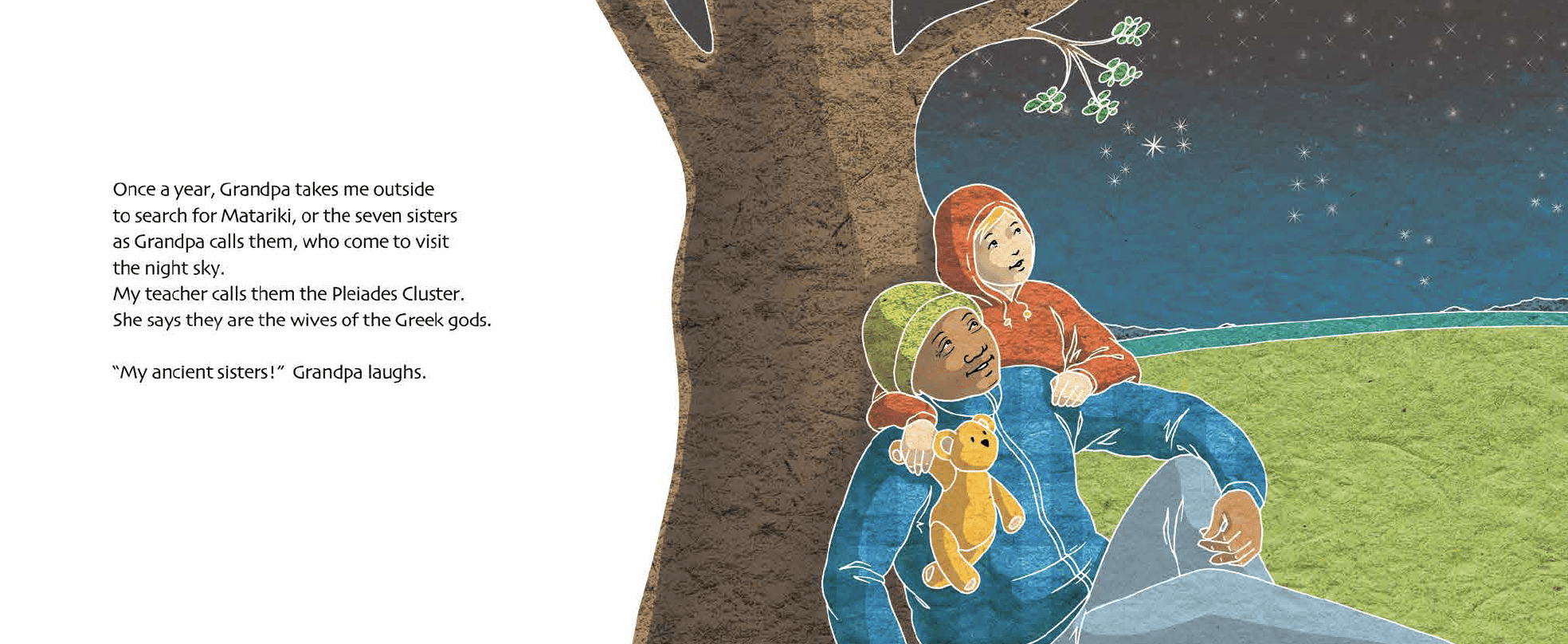
The story lightly implies the death of the koroua without being too heavy for young tamariki, explaining he becomes a whetū in the sky. This picture book may be helpful for children who are processing the grief of a grandparent or whanaunga.
As a child, I enjoyed noisy roast dinners with whānau visiting my grandparents. We all peeled spuds freshly dug from the māra, set the formica table and filled up the tiny kitchen. I remember how strange these gatherings felt once my Nanna died and also how important it was for us all to come together and share stories and sadness over a meal. Our olfactory ability to store memories is such a beautiful way to hold onto these moments, and that’s been well-captured in Dinner With Grandpa.
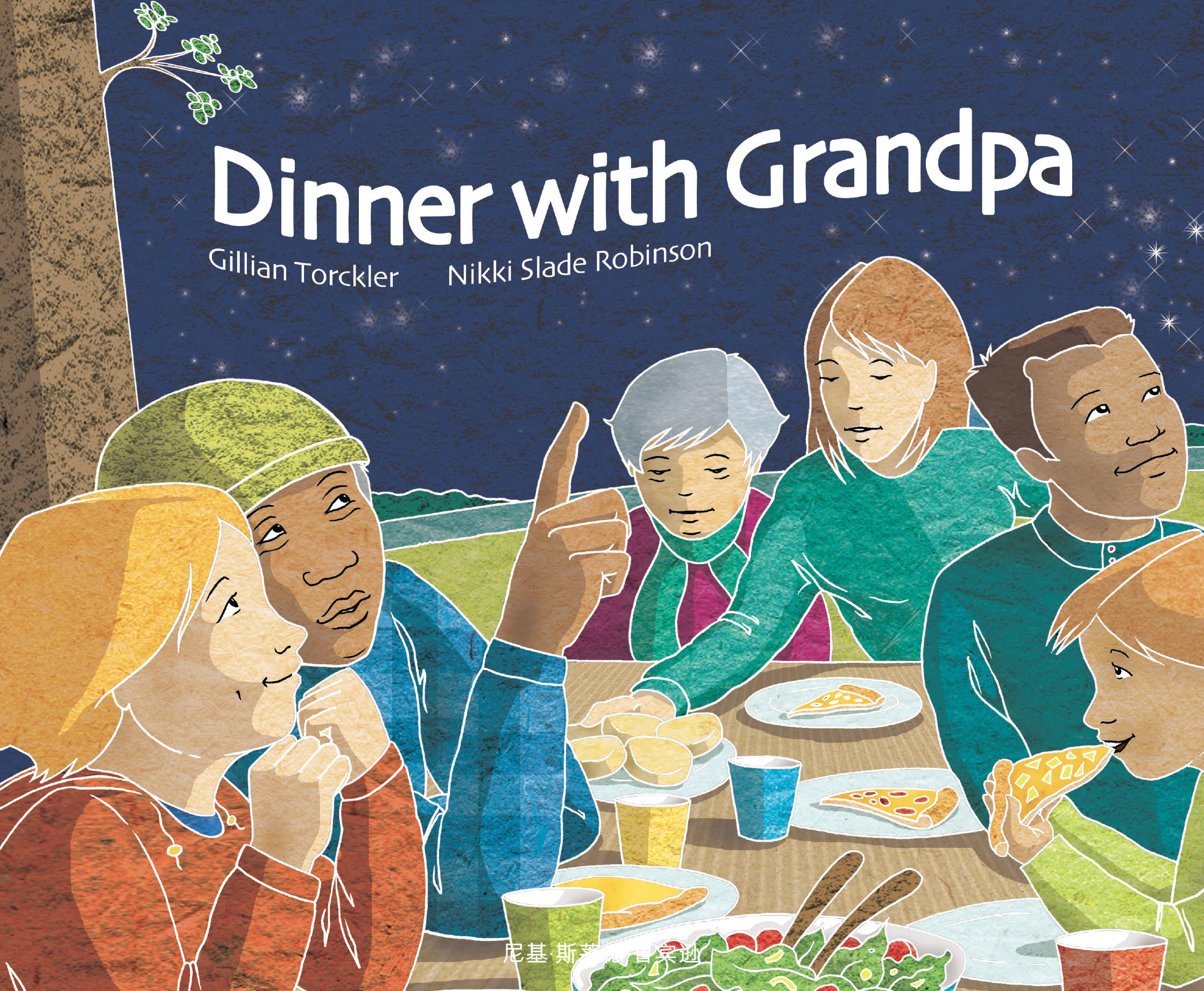
Dinner With Grandpa
By Gillian Torckler
Illustrated by Nikki Slade Robinson
Published by Duck Creek Press
RRP: $19.99

Kay Benseman
Kay Benseman (she/her) is a collector of quirky children's books and kupu hou. In the 90s, she worked in a bookshop and had a 40% staff discount, and her bookshelves have never recovered. With a background in education and the cultural sector, she is now a writer/researcher and Māmā to two curious children. He tāngata Tiriti ia, Kay is Pākehā living on Ngā Rauru whenua in Whanganui.



